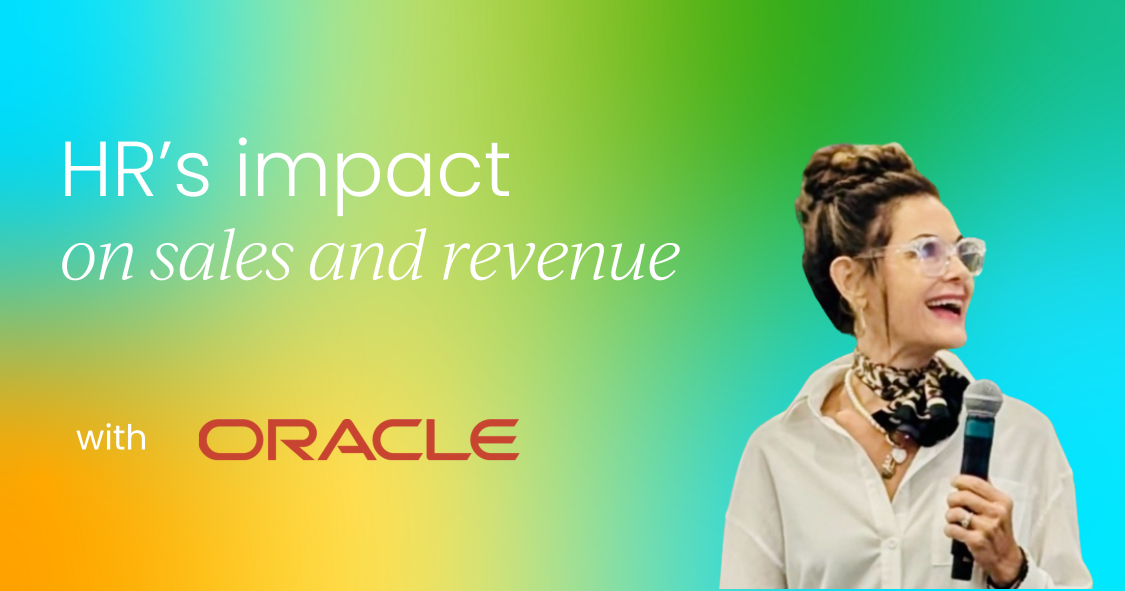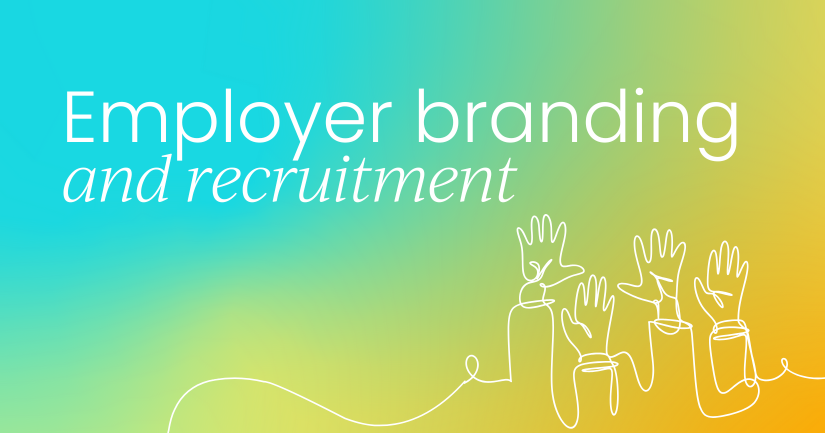Companies that invest in their people’s growth are almost always the ones that thrive. Gone are the days when a steady paycheck and a few flashy perks were enough to retain top talent. Today's workforce demands more. They want purpose, progress, and a clear path for personal and professional development.
As Chief People and Diversity Officer at ThredUp, one of the largest online resale platforms for women's and kids' apparel, I’ve seen firsthand how critical it is to build environments where employees don’t just work, they grow.
At ThredUp, growth isn't treated as a bonus or a side effect. It's baked into everything we do. And it’s not just because it feels good, it’s because growth has become a strategic imperative for organizations that want to attract, retain, and empower top talent.
In this article, I take you behind the scenes of how we’re designing growth-centric environments at ThredUp and why now, more than ever, it’s the most important investment any company can make.
Growth isn’t a perk, it’s a strategic imperative
At ThredUp, our engagement surveys consistently show that growth is a key driver of both satisfaction and retention. It’s not unique to us either because industry-wide data tells the same story. Companies with strong growth cultures report higher engagement, better internal mobility, and greater adaptability.
In short, growth isn’t optional anymore. It’s a strategic necessity if we want to attract, retain, and empower top talent.
Growth is not linear
One of the first things we tell our team at ThredUp is that growth isn’t a straight line.
It’s not about racing from point A to B to Z. It’s more like moving from A to F, then maybe to M, to X, and eventually to Z. Some of the richest learning experiences come from lateral moves, cross-functional opportunities, and even unexpected detours.
Momentum matters more than direction.
I encourage everyone to embrace the unexpected. Some of the most impactful growth happens when you take a path you didn’t plan for. The skills, relationships, and resilience you build along the way are invaluable.

Key shifts in the modern workplace
When we think about how to design environments for growth, there are a few seismic shifts we must account for:
1. Flexibility
Employees today crave autonomy, not just in where they work, but in how they grow. They want organizations that trust them to own their development journey.
2. Career clarity
Ambiguity breeds disengagement. Employees want to understand their career pathways such as what success looks like, what it takes to get there, and how they’ll be supported. Especially with the pace of technological change, people need to know: Where do I fit in the future?
3. The role of the manager
The manager-employee relationship has never been more influential. It’s the single strongest predictor of engagement, performance, and retention.
We’ve all heard the saying, "People don’t leave companies, they leave managers." It’s truer today than ever. Managers must be equipped not just to manage tasks but to coach, develop, and champion their teams.
Especially for younger generations, long-term growth outweighs short-term perks. Regular feedback, mentorship, and real advancement opportunities matter more than flashy benefits.
Building a culture of growth
So, how do we translate these insights into action?
1. Growth at every level
At ThredUp, we make sure that growth opportunities aren’t reserved for a select few. Our data shows that most of our director-level leaders have held at least four different roles internally. This breadth of experience builds stronger, more resilient leaders.
We also emphasize internal mobility because employees who move within the company are 3.5 times more likely to stay engaged.
2. Career compass: A new blueprint
Last year, we launched Career Compass, a tool designed to bring career pathways out of the shadows. It includes clear expectations for each role and tangible steps employees need to take to grow.
It’s not just about transparency, it’s about empowerment. Leaders use the Compass to guide conversations, but individuals own their journey.

3. Investing in managers
We realized that many of our managers received “battlefield promotions” during the fast-paced growth years, they were elevated without formal leadership training. Now, we are taking a step back to build foundational management skills, ensuring that every manager is equipped to support and develop their teams.
4. Prioritizing well-being
At ThredUp, we believe well-being powers performance.
Our four-day workweek, launched four years ago, wasn’t just a pandemic experiment. It was a permanent commitment to our employees' holistic well-being. We also offer a sabbatical program. After three years, employees can take 60 paid days off to recharge, explore passions, or simply rest.
Over 30% of our team has taken a sabbatical. It's not just a benefit, it's a testament to how deeply we invest in human sustainability.
5. Visible development and psychological safety
Growth shouldn’t be invisible. We celebrate it, track it, and talk about it constantly. Psychological safety (where employees feel safe to stretch, fail, and learn) is non-negotiable. Without it, true growth is impossible.
Our leadership programs, learning platforms like Udemy, and peer coaching networks aren’t just available, we actively integrate them into the flow of work.
Looking ahead: A call to action
The future of work isn’t about predicting the next big trend. It’s about designing environments where people can thrive.
That requires:
- Leading with intention: Building trust, clarity, and inclusion.
- Designing for adaptability: Moving with the needs of our workforce.
- Sharing responsibility: Growth isn't just HR’s job; it’s every leader’s job.
Companies that will lead tomorrow are the ones investing in their people with care, clarity, and an unrelenting commitment to growth.
Join the People Alliance community
People leaders, you don’t have to go it alone.
The world of HR is evolving faster than ever, and staying ahead requires a strong network. That’s why we built our People Alliance Slack community, a free online community where top HR pros connect, share insights, and grow together.



 Follow us on LinkedIn
Follow us on LinkedIn


